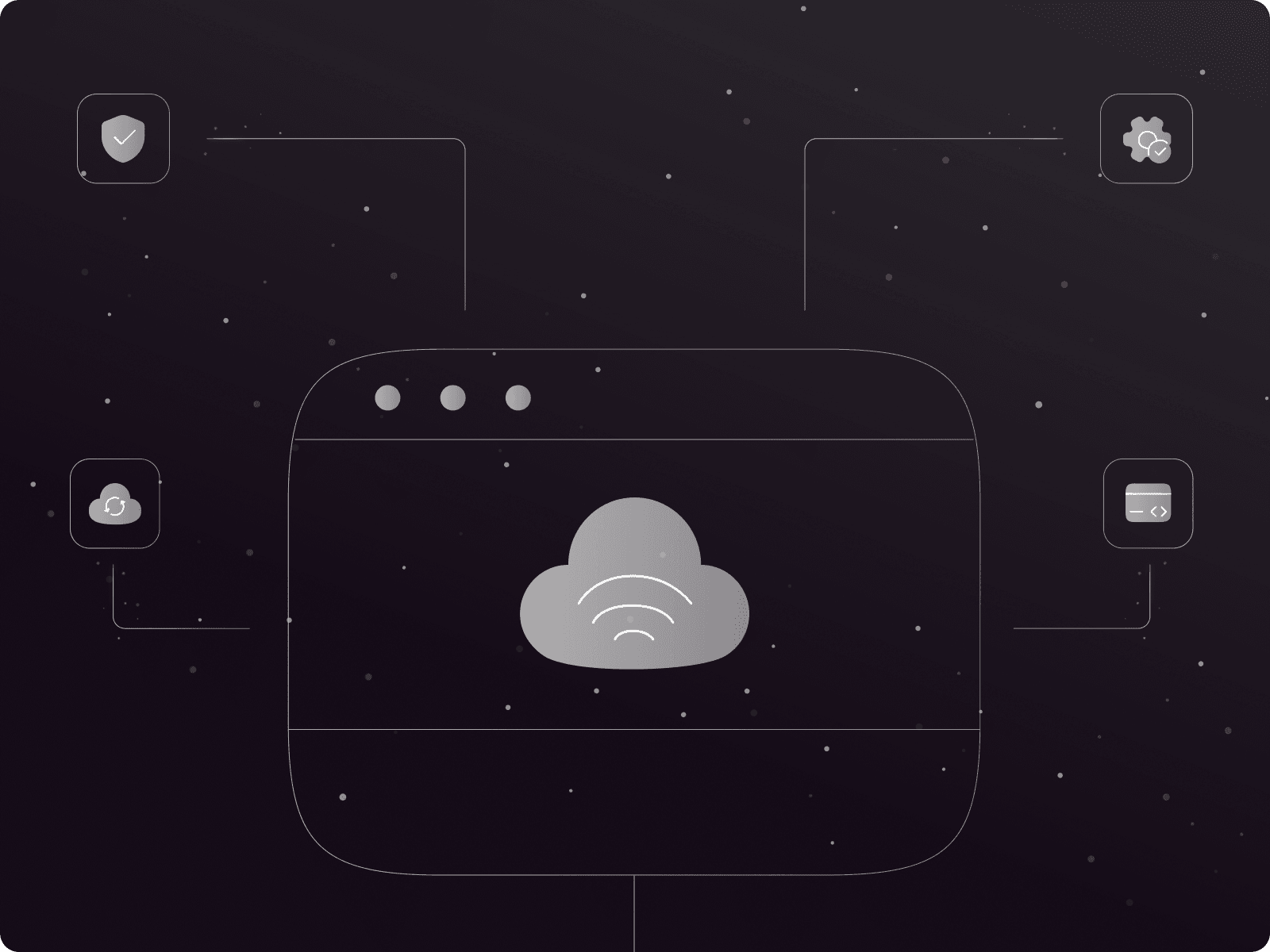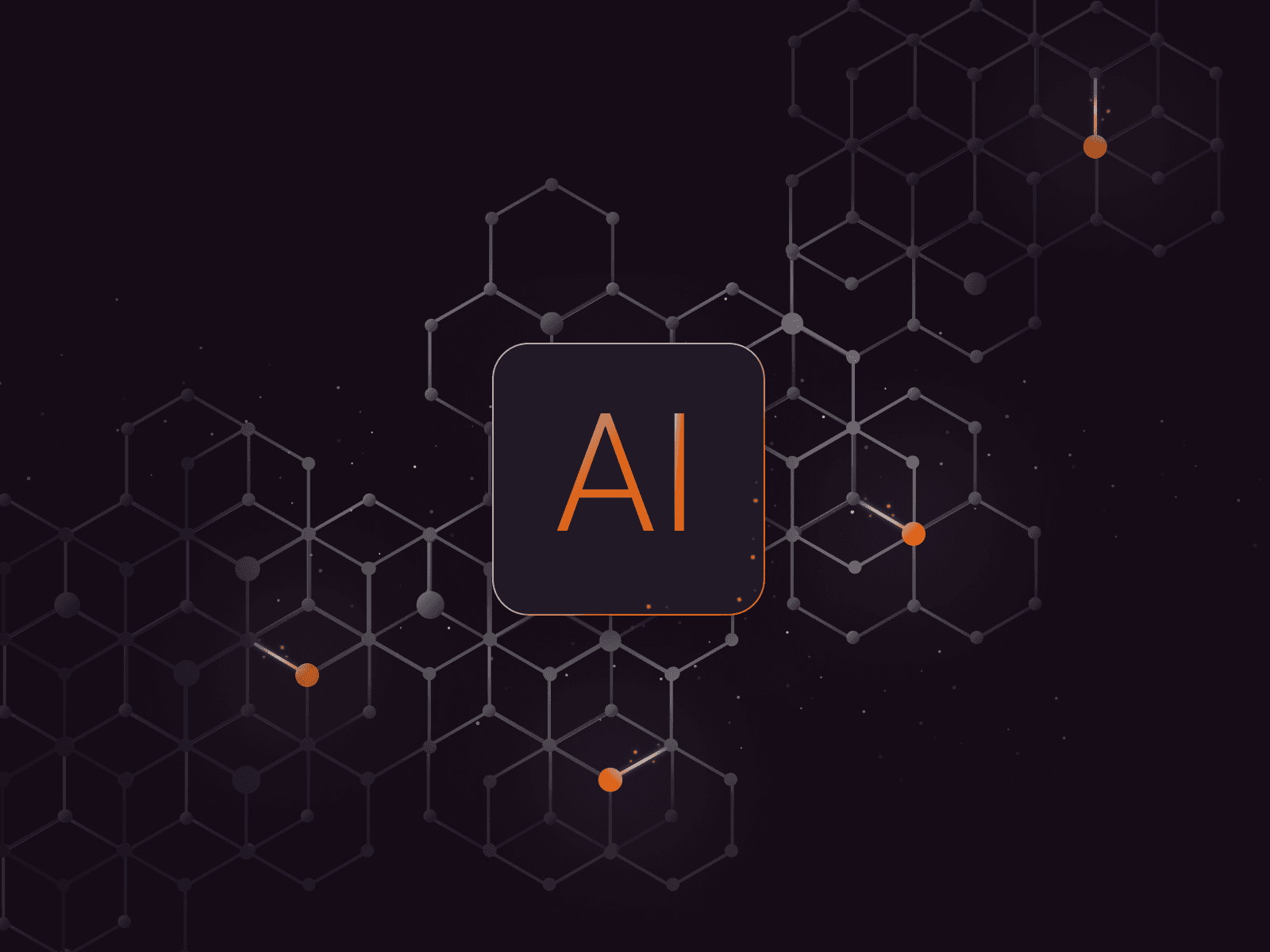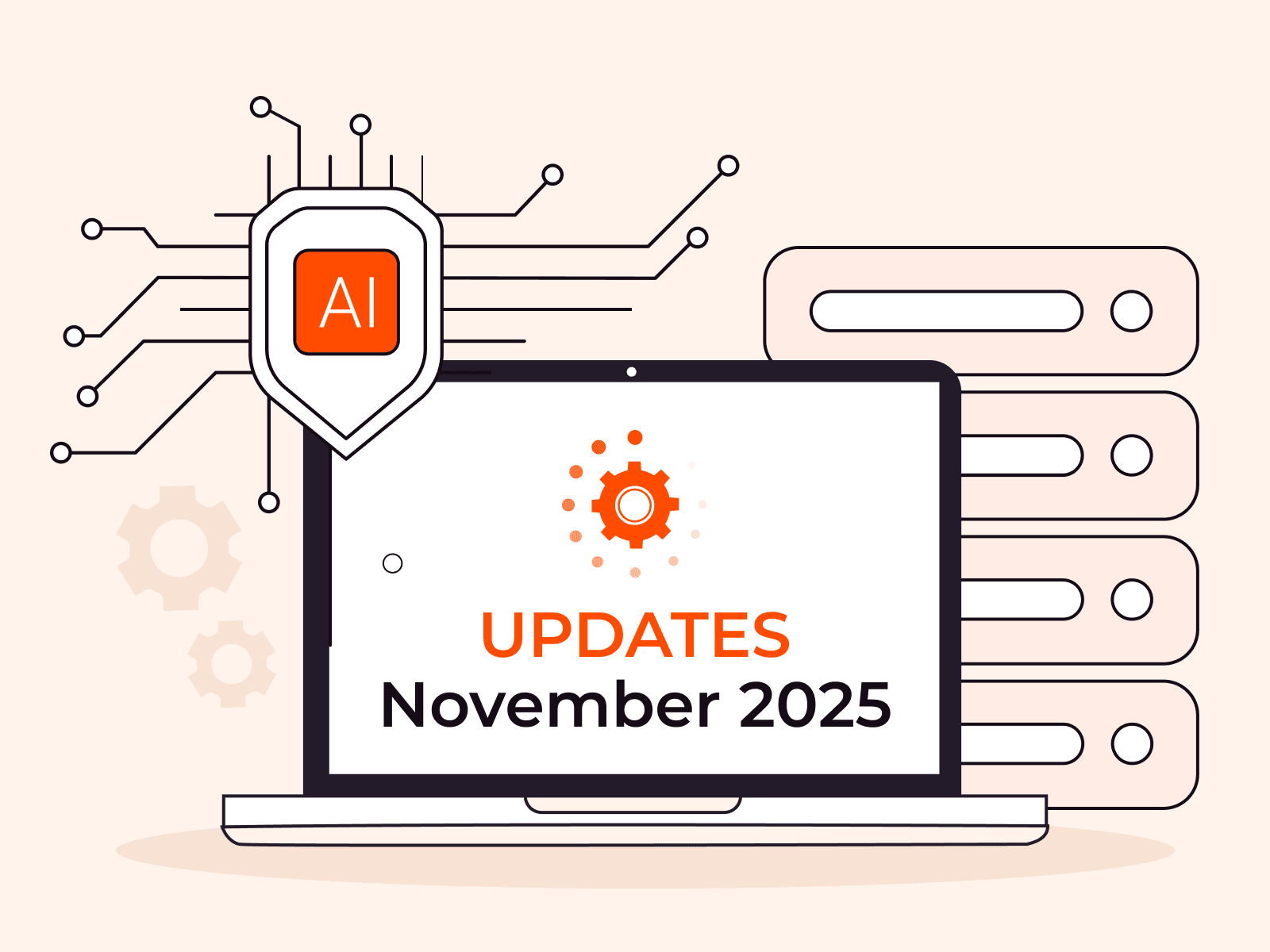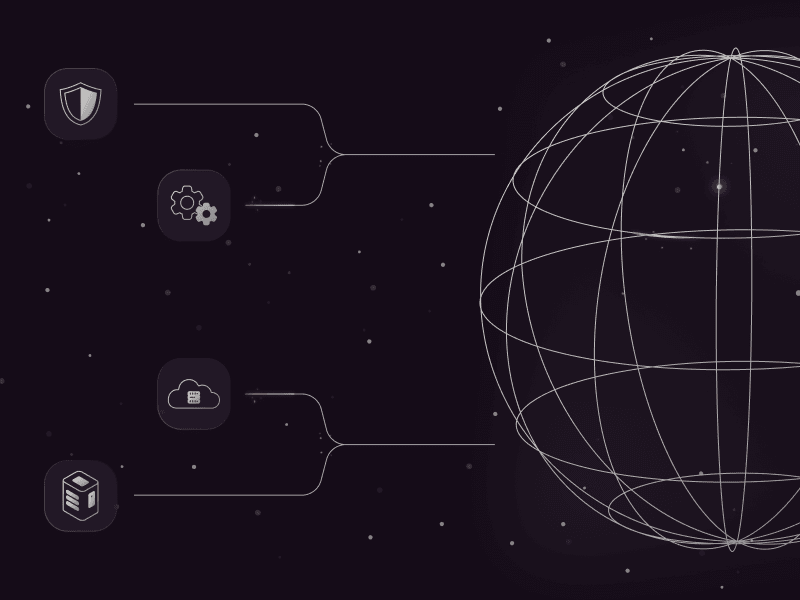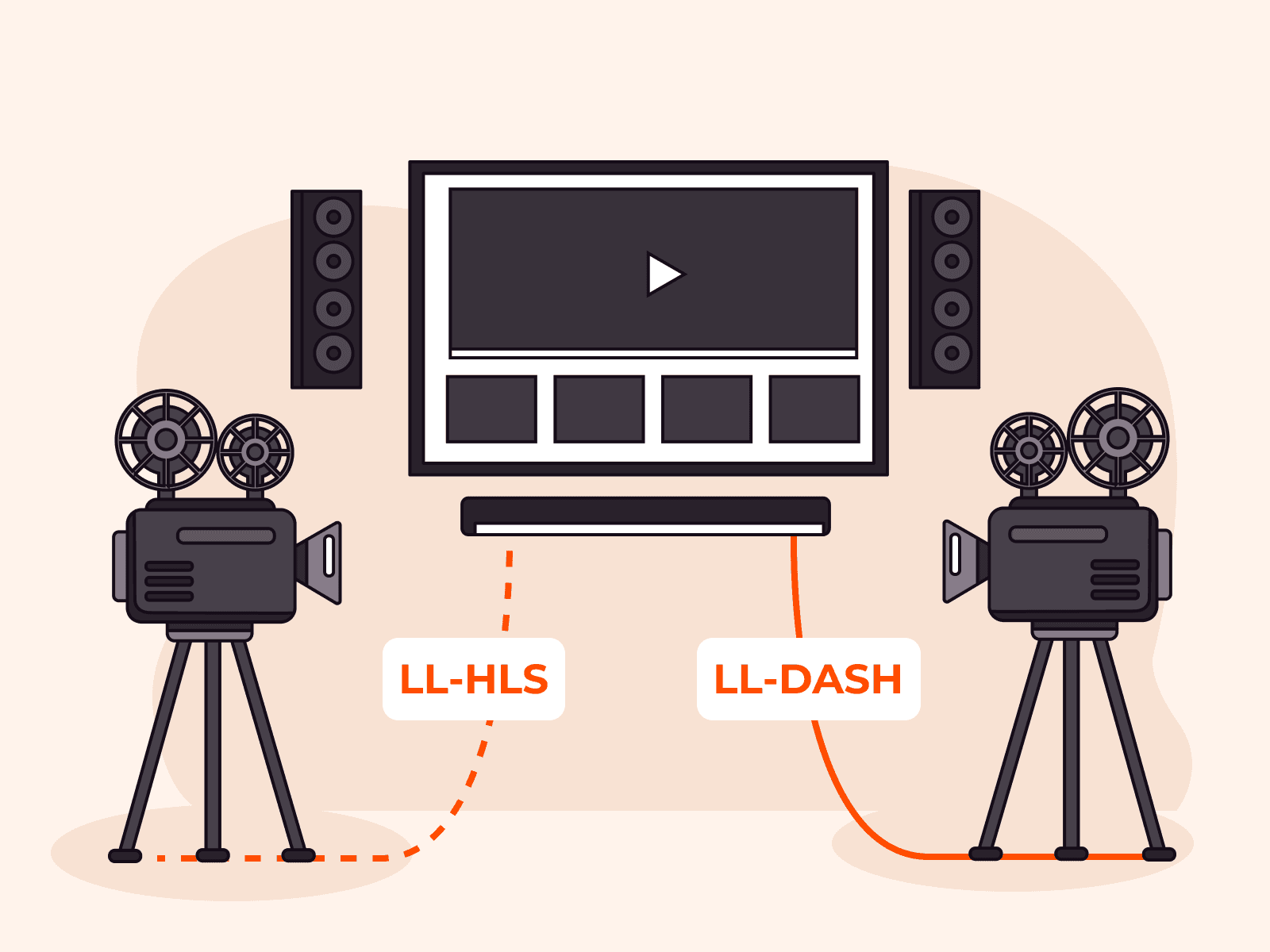Celebrating Gcore’s 10th Anniversary—A Decade of Innovation
- February 27, 2024
- 3 min read

Ten years ago, Gcore embarked on a bold journey. Starting with a focus on the gaming sector, we leveraged our deep passion and understanding of its demands and expanded our horizons to become a global leader in edge computing and AI. Throughout our first decade, Gcore has been driven by a belief in the transformative power of technology and a commitment to innovation. We are both humbled by and proud of our achievements and moved to reflect on our journey so far.
How It All Began
Our story began with a dream to revolutionize gaming experiences worldwide. In the heart of Luxembourg, a group of gamers recognized the critical demand for seamless, lag-free gaming experiences, a challenge we aimed to meet by developing low-latency infrastructure solutions for this sector. Thus Gcore was founded, with the original goal of helping gaming companies captivate and inspire their audiences around the world.
This led us to focus on edge computing, bringing our customers’ services closer to users around the globe. We soon realized our potential impact extended far beyond gaming, as increasingly diverse industries looked for lower-latency options than traditional cloud providers were offering. We launched our CDN and hosting services and expanded our global reach by opening new points of presence. Gcore was no longer just about amazing gaming experiences, but about providing a better internet experience for everyone.
Innovation Through Challenges
Back in our earliest months as a startup, every day brought a new set of challenges. In one memorable instance, our team personally transported equipment by airplane to ensure we met a customer deadline. On another occasion, the infrastructure did not meet our exacting standards, and equipment couldn’t be installed as planned. We custom-designed a solution to ensure our technology could operate to the highest standard, regardless of the challenges along the way.
As we continued to expand to regions outside the well-developed infrastructures of Europe and the US, we encountered a lack of data centers, diverse regulatory environments, and language barriers, complicating our efforts to serve a truly global audience. The logistical hurdles of transporting equipment across borders and customizing solutions to meet local standards tested our resilience and innovation. We navigated a complex ecosystem of vendors and partners to build edge computing solutions that could deliver our customers’ content and applications globally.
Our hands-on approach and willingness to tackle the complexities of global deployment were key to our growth. We evolved our offerings by listening to our customers’ needs, making it our goal to offer an impressive range of IT solutions under a single digital roof with exceptional customer experience at the heart of our services. Our customers wanted to focus on their core business without the hassle of dealing with multiple vendors or worrying about the underlying infrastructure, so we stepped up to the plate. Meeting and preempting our customers’ needs has always been a driving force for innovation at Gcore.
As an increasing number and range of businesses moved online, the demand for robust, secure cloud and edge computing solutions surged. We embarked on a mission to build a truly global network, delivering innovative solutions to businesses across six continents.

Preempting AI’s Rise
Our strategic pivot towards AI began in 2020, responding to the tech community’s growing recognition of AI’s transformative potential. We understood that high-performance computing (HPC) capacities needed to be automated and made accessible as a service available from anywhere. Our vision was validated by the rapid rise in popularity of large language models (LLMs) and broader adoption of AI technologies in 2022.
We integrated AI technologies across our services and continue to launch new Gcore Edge AI services, with some exciting new offerings planned for 2024. Our collaboration with industry leaders like NVIDIA is poised to address the most challenging workloads in the coming years, like building capacity for training AI models and performing AI inference at the edge. Our vision is to connect the world to AI, anywhere, anytime.
Today, we are focused on delivering innovative and robust edge AI, cloud, network, and security solutions. We remain driven to serve our customers’ IT needs and continue to innovate ceaselessly to drive technological progress.
Here’s to the Next Ten Years
A laser focus on our customers and our mission and relentless innovation are the keys to Gcore’s success over the past decade. They remain our North Star today. As we step into our next decade, we’re poised to provide trailblazing edge services with AI at the forefront, actively shaping the future of technology.
Thank you to our employees for your continued support and dedication over the past ten years. To our customers, partners, and stakeholders: You keep us motivated to deliver innovative edge solutions and AI-driven automation that redefine the boundaries of technology. Thank you for trusting us with your business.
Here’s to ten years of innovation, collaboration, and growth—and many more to come.
Related articles
Subscribe to our newsletter
Get the latest industry trends, exclusive insights, and Gcore updates delivered straight to your inbox.

